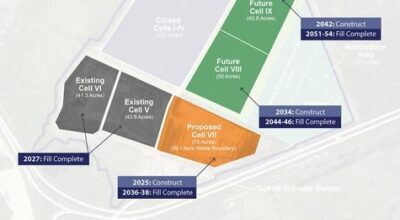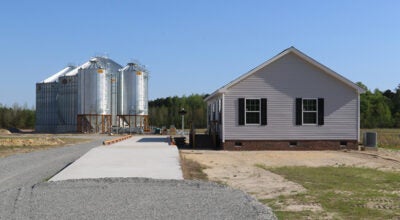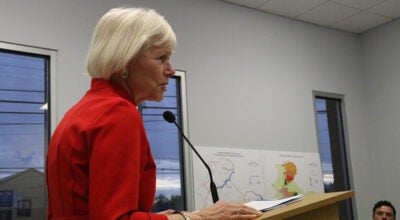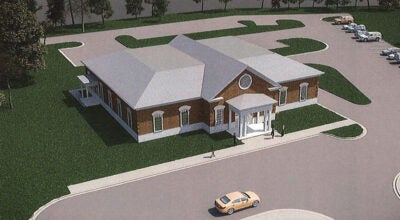Isle of Wight ordinance would limit solar farms to 2% of ‘prime’ farmland
Published 5:49 pm Friday, January 6, 2023
|
Getting your Trinity Audio player ready...
|
Isle of Wight County’s Planning Commission is proposing to limit utility-scale solar farms to 2% of the county’s “prime farm soils.”
The term, according to the U.S. Department of Agriculture, refers to land with the “best combination of physical and chemical characteristics” for growing crops.
According to a 2021 memorandum from Isle of Wight Community Development Director Amy Ring, prime farm soils account for 122,296 acres, or roughly 60% of the county’s 316 square miles. Just over 80,600 acres were being actively farmed in Isle of Wight as of the 2017 USDA Census of Agriculture.
The proposed amendment to the county’s zoning ordinance would limit its six approved solar farms, and any future solar projects, to a cumulative 2,445.9 acres of prime farmland. The six approved facilities account for just under 1,783 acres.
Commissioner Thomas Distefano made a motion at the commission’s Dec. 13 meeting that county staff begin drafting an amendment to the zoning ordinance specifying the 2% cap. The motion passed 7-1 with Commissioner James Ford voting “no” and Commissioners Raynard Gibbs and Brian Carroll absent.
The Planning Commission will have the opportunity to vote again on the language of the amendment once it’s presented, and will decide whether to recommend the change to the Board of Supervisors. The supervisors would then have the final say on whether the change becomes law.
The limit would be temporary, Distefano said, pending the formation of a proposed task force that would take a “deeper dive” into an “all-of-the-above” energy policy that would include limits not only on solar but other sources of electricity.
When deciding on the 2% limit, the Planning Commission examined similar efforts in neighboring Surry and Southampton counties to rein in the proliferation of solar farms.
In November, Surry’s Planning Commission held a public hearing on a comprehensive plan amendment that would cap energy projects — solar and otherwise — at 10% of the county’s total acreage, subtracting water and wetlands. Surry’s proposal would result in a maximum of 15,278 acres for energy projects, of which 9,263 are already taken up by existing and approved utility-scale solar farms and a Dominion Energy nuclear plant. Another 22.8-acre parcel at the Surry-Sussex county line is slated for Align RNG’s biogas processing facility, leaving just under 6,000 acres available for future energy projects.
Southampton’s solar ordinance, approved in September, sets a maximum of 3,855 acres, or 1% of the county’s roughly 600 square miles, for solar farms. The Southampton Solar farm is already using 1,418 acres, leaving 2,437 for future energy projects. According to reporting by The Tidewater News, Southampton’s has been dubbed the strictest solar ordinance in the state.
The “strictest” title, however, could potentially pass to Isle of Wight, since the 2% proposal, while allowing a higher percentage than Southampton, would leave less than 26 acres for any future solar farm. That’s assuming the 637-acre, 71-megawatt Carver solar farm in Zuni, which Isle of Wight’s planners recommended in November, receives final approval from supervisors.
Ring, in 2021, had recommended capping the cumulative number and size of solar farms in Isle of Wight at 5% of the county’s prime farm soils, calling the figure a “rule of thumb” threshold at which the county could begin seeing negative effects from the loss of farmland. Ring said that as of the Dec. 13 meeting she was aware of several solar farms seeking to site in the county that had not yet gone before either the Planning Commission or Board of Supervisors that would be impacted by the proposed 2% cap, and resulting 26 acres available.
“I am certain that the other solar farms that are coming in … because they’re on farmland, they probably are on some prime farm soils, so they would probably exceed that,” Ring said.





